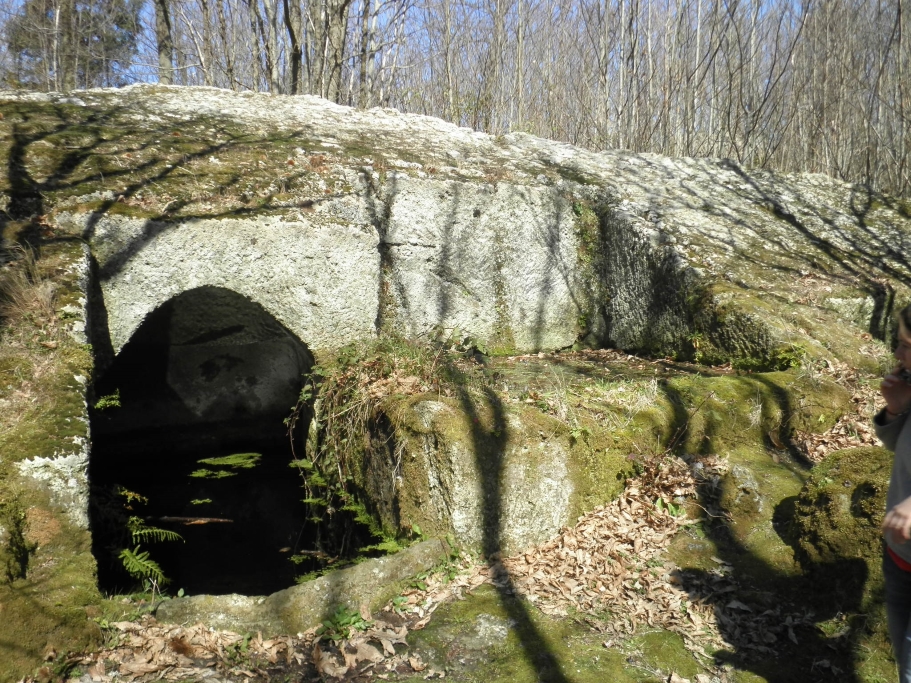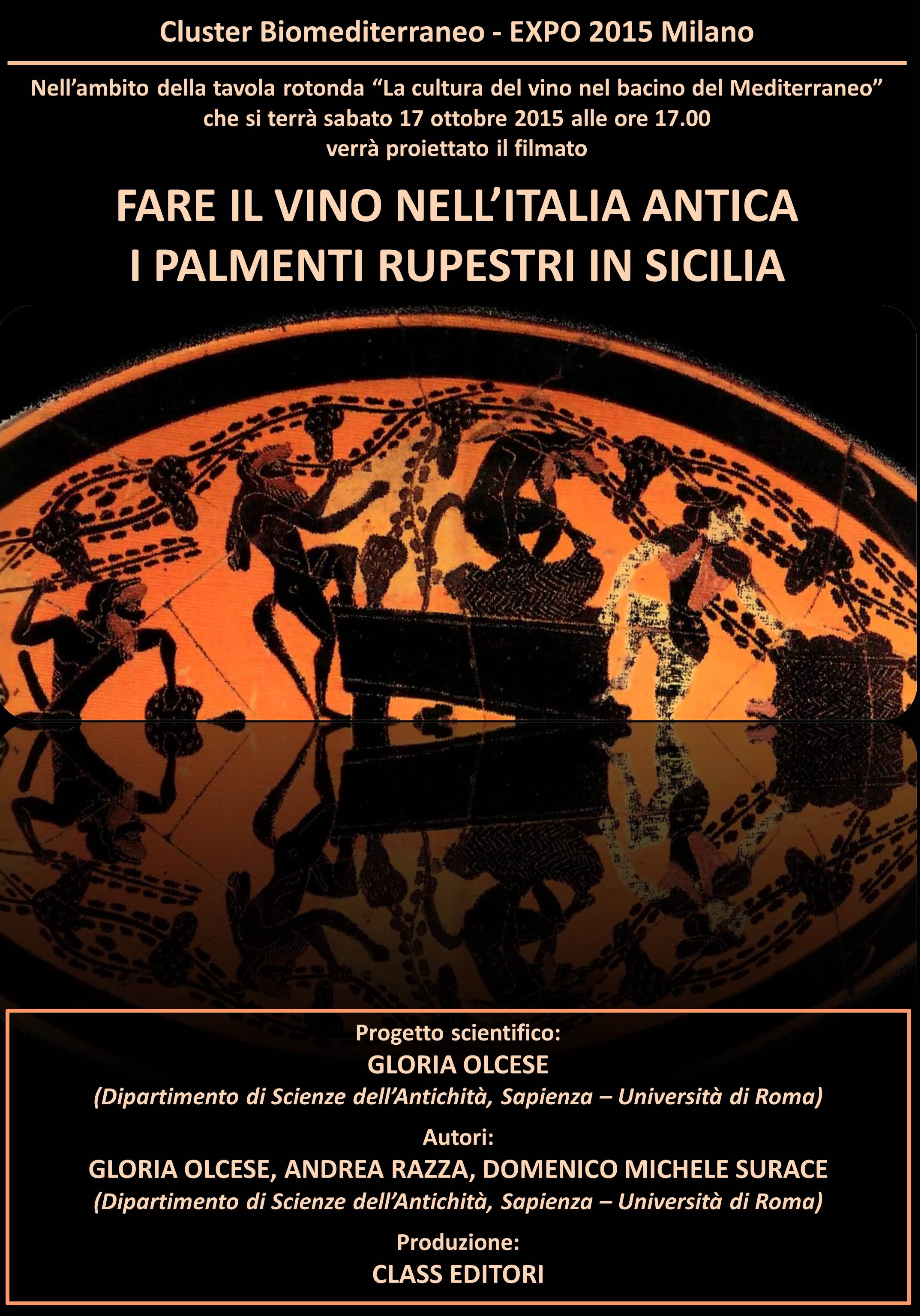Wine making has always played a fundamental role in Italian economy, especially in the wake of the Greek colonization.
The ancient system that was used for the transformation of grapes into wine was that of the rock-cut unit (“palmento”), a structure that could be made either of wood or ceramic, brick or rock, or directly carved into the rock. Despite the importance of the ancient wine presses in the county’s economy, the studies carried out on these specific artifacts are scarce or limited to regional cases, and little data is known about the distribution, dating and intended use of the facilities. Therefore, the evaluation of the rock-cut units in combination with the context and the presence of pottery in its surrounding area, assumes considerable importance.
The research called “Fare il vino nell’Italia antica”, developed within the Immensa Aequora project, aims to rediscover and better understand these structures through the use of an investigative methodology of multidisciplinary nature, in order to enhance them as cultural assets. A major goal of this project is also that of historically reconstructing the entire wine production process in some important wine areas of ancient Italy, even with the study of the production and circulation of amphorae, in connection with the related areas of wine production.
The study also took advantage of laboratory analysis, such as gas chromatography / mass spectrometry (GC-MS) on organic residues retained on the bottom of the rock-cut units, to determine the actual use of the facilities.
The data carried out during the study have been merged into an atlas (Atlante dei palmenti rupestri), which is being completed, aimed at gathering for the first time all the information on the wine production structures in the selected areas.
The atlas is structured in cards that include the topographical indications on the location of the plant, the structural description, the observations on composition, context and chronology, and, where existing, the references.
The research has led to the creation of two documentaries: “Fare il vino nell’Italia antica: i palmenti rupestri - Sicilia e altre regioni” and “Fare il vino nell’Italia antica: i palmenti rupestri in Sicilia” (by G. Olcese, A. Razza and D. M. Surace), produced by Class Editori and - the second - presented at EXPO 2015.
See also the page “Papers”.
As part of the project, with the aim of deepening the work of reconstruction of the ancient agricultural landscape, the study of the rock-cut units is combined to that of the characteristics of wild vines in the areas of interes. Moreover, with the same purpose, new research aimed at the study of grape varieties and grape seeds in relation to archaeological contexts have already been planned in some areas of the project, like Ischia.
Among the areas of application of the project, a collaboration was recently started in Calabria between some municipalities of the Locride area - in the representatives of the Mayors Francesco Bruzzaniti (Africo), Aldo Canturi (Bianco), Francesco Cuzzola (Bruzzano Zeffirio), Stefano Umberto Marrapodi (White Carafe), Domenico Pizzi (Ferruzzano), Giovambattista Bruzzaniti (Samo), Domenico Stranieri (Sant'Agata del Bianco) - and the University of Milan (through a work contract for which the activities will be carried out by D. M. Surace) with the aim of studying the rock-cut units in the area.

Rock-cut unit in the Bosco della Falanga, above the Monte Epomeo (Olcese, "Pithecusan Workshops", 2017, p. 26).
Rock-cut unit in Monte Cucco, Francavilla di Sicilia (ME) (Olcese, Razza, Surace, "Vigne, palmenti e produzione vitivinicola", 2017).

Poster of the documentary “Fare il vino nell’Italia antica: i palmenti rupestri in Sicilia”, authors G. Olcese, A. Razza and D. M. Surace, produced by Class Editori, presented at EXPO Milan 2015.




